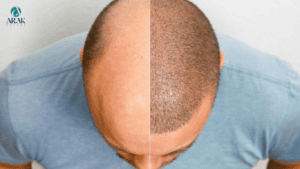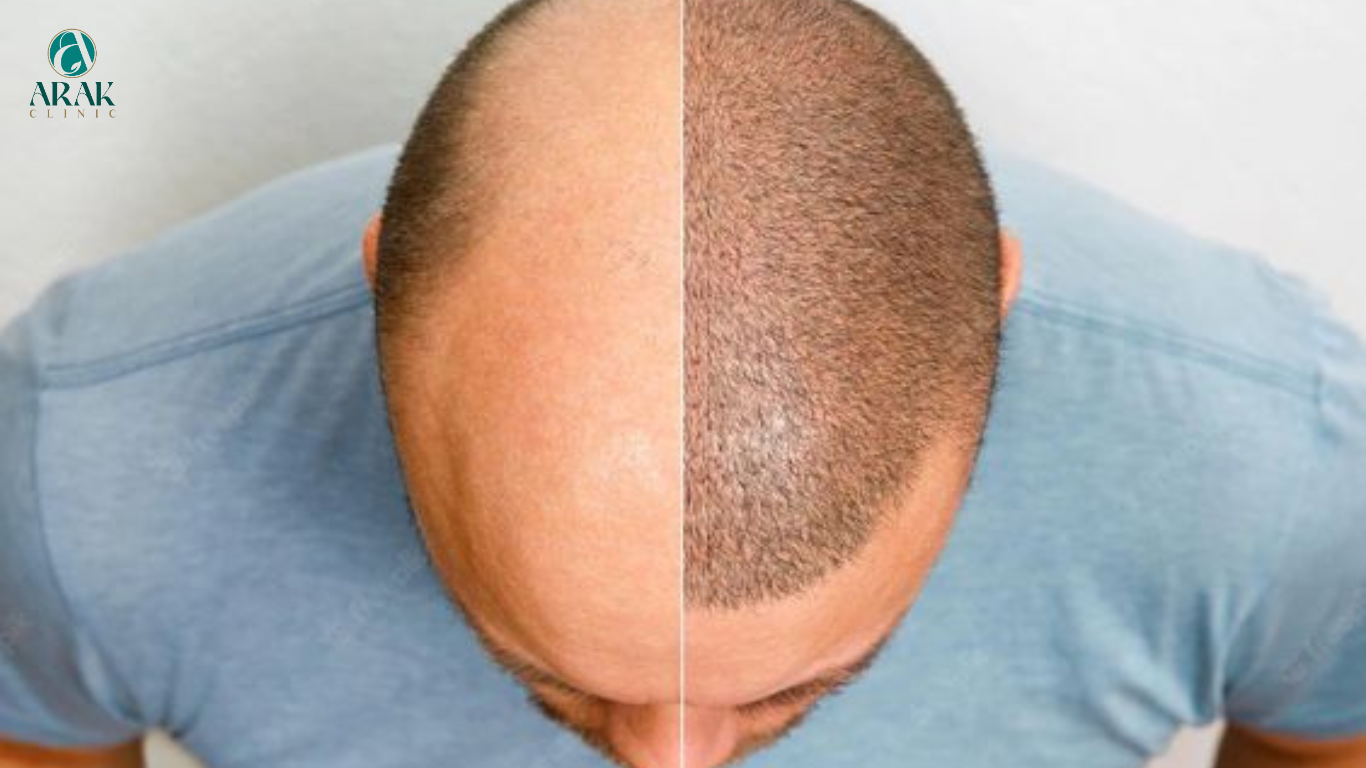The Journey of Hair Transplant: Understanding, Procedure, and Results
Hair loss can be a challenging experience for many individuals, impacting not just appearance but also self-confidence and well-being. While there are numerous remedies and treatments available, one of the most effective and long-lasting solutions is a hair transplant. This article delves into the intricacies of hair transplant procedures, their benefits, and what one can expect from the journey.
Understanding Hair Transplant
What is a Hair Transplant?
A hair transplant is a surgical procedure that involves extracting hair follicles from one part of the body (donor site) and implanting them into the balding or thinning areas (recipient site). This procedure aims to restore hair growth in areas where it has significantly thinned or fallen out.
Types of Hair Transplants
Follicular Unit Transplantation (FUT): In this method, a strip of scalp containing hair follicles is removed from the donor area and dissected into individual grafts for transplantation.
Follicular Unit Extraction (FUE): FUE involves extracting individual hair follicles directly from
the donor area using a specialized instrument and then implanting them into the recipient site.
The Procedure: Step-by-Step
Consultation: Before the procedure, a thorough consultation with a qualified surgeon is essential to assess the extent of hair loss, discuss expectations, and determine the best
approach.
Preparation: On the day of the surgery, the donor area is trimmed, and local anesthesia is
administered to numb the scalp, ensuring minimal discomfort during the procedure.
Extraction: Depending on the chosen method (FUT or FUE), the surgeon extracts the hair
follicles from the donor area.
Implantation: The extracted follicles are then meticulously implanted into tiny incisions
made in the recipient site, ensuring natural-looking results and optimal growth.
Post-operative Care: Following the procedure, patients are provided with detailed instructions on caring for the transplant area, including cleaning and avoiding strenuous
activities.
Benefits of Hair Transplant
Natural Appearance: One of the significant advantages of a hair transplant is the natural- looking results, as the transplanted hair blends seamlessly with existing hair.
Permanent Solution: Unlike temporary remedies such as medications or topical treatments, a successful hair transplant offers a permanent solution to hair loss.
Enhanced Self-esteem: Restoring a fuller head of hair can significantly boost self-confidence and improve overall well-being.
What to Expect After the Procedure?
Initial Shedding: Its common to experience shedding of the transplanted hair within the first few weeks post-surgery. This is a natural part of the healing process, and new hair growth
will typically begin after a few months.
Growth Timeline: While individual results may vary, most patients start noticing visible growth between 3-6 months post-procedure, with full results becoming evident after 12-18
months.
Maintenance: While the transplanted hair is permanent, it’s essential to maintain a healthy scalp and hair care regimen to ensure longevity and optimal results.
Conclusion
A hair transplant can be a life-changing experience for individuals struggling with hair loss, offering a permanent solution and restoring confidence. However, it’s crucial to consult with
a qualified and experienced surgeon, discuss expectations realistically and follow post- operative care instructions diligently. With advancements in technology and techniques,
today’s hair transplant procedures are more refined, minimally invasive, and deliver natural- looking results, making it a viable option for many seeking to regain a fuller head of hair.








